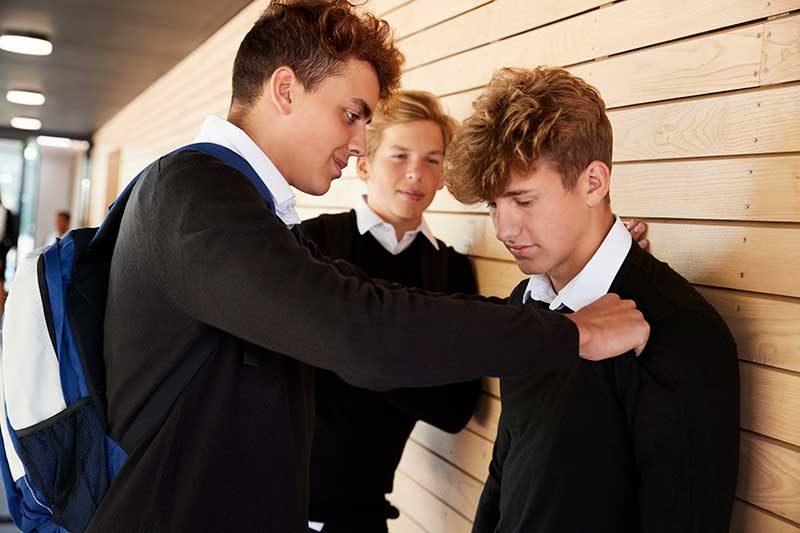Understanding Teen Peer Pressure
Teenagers are at the crossroads of multiple influences during their complex journey through adolescence, with peer pressure and group dynamics playing critical roles. These forces are more than just the cliché scenarios depicted in the media; they are complex, multifaceted phenomena that have a substantial impact on the lives of teenagers, influencing their choices, behaviors, and even defining their identities.
The Two Faces of Peer Pressure
Peer pressure is frequently portrayed negatively, with pictures of youth succumbing to hazardous acts under the influence of their companions. While it is true that peer pressure can lead to youth engaging in substance abuse, academic disengagement, or undesirable social connections, this viewpoint is unduly simplistic. Peer pressure can also have a good impact, motivating youth to excel in their schoolwork, perform community service, or participate in healthful activities that they might not have explored on their own.
The Psychology behind Conformity
Peer pressure is fundamentally linked to the human need for social belonging. Psychological theories, such as Leon Festinger’s theory of social comparison, propose that people assess their own beliefs and talents by comparing themselves to others. For teens who are still building their identities, this comparison can trigger a strong desire to adhere to the rules and behaviors of their peer group.
Group Dynamics and Teen Identity
The dynamics of teen organizations can exacerbate the impacts of peer pressure. Groups frequently build their own hierarchies and standards, and individuals may feel pressured to conform in order to keep their rank or participation in the group. This can lead to a variety of behaviors, including specific dress choices and dangerous behavior.
However, not all teenagers react to peer pressure by complying. Some people may rebel against group norms in order to express their independence and individuality. While rebellion is frequently viewed negatively, it can also be a positive component of forging a distinct identity from the group.
Managing Peer Pressure: Strategies for Teens and Parents
Recognizing the pervasive influence of peer pressure in teens’ life is the first step toward overcoming its obstacles. Here are some strategies for teenagers and parents:
- Teenagers should develop self-awareness to strengthen their resilience against peer pressure.
- Choose Friends Wisely: Surround yourself with people who respect your decisions and have your best interests at heart.
- Practice Assertiveness: Learn to articulate your own wants and desires in a courteous and confident manner.
- Seek Support: Don’t be afraid to contact trusted adults or peers for advice and support.
For parents
- Open Communication: Create an environment in which your teen feels comfortable talking about their social experiences and pressures.
- Encourage Critical Thinking: Teach your teenager to think critically about the repercussions of their actions and the factors that surround them.
- Support Their Independence: Encourage your kid to make their own decisions while also establishing clear and appropriate boundaries.
- Model Healthy Behavior: Practice positive behavior and decision-making in your own life.
Peer pressure and group dynamics have a deep and diverse impact on teenagers. Teenagers can emerge from their adolescence with a stronger sense of self and healthier social interactions if they grasp the psychological basis of conformity and rebellion, as well as skills for navigating these demands. The road is not always easy, but with the right assistance and understanding, it can lead to personal growth and discovery.










